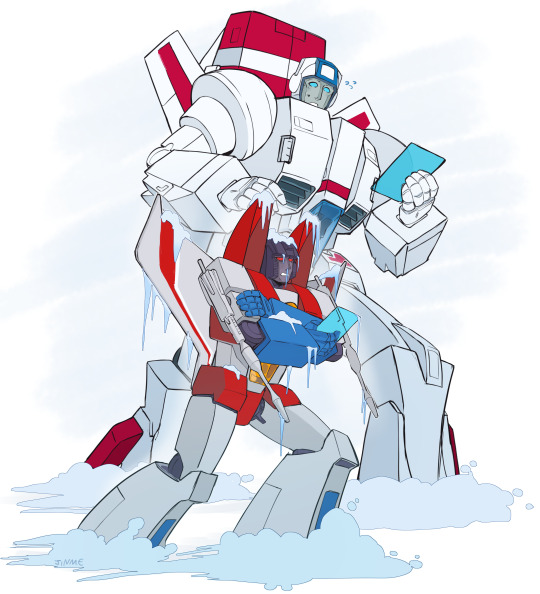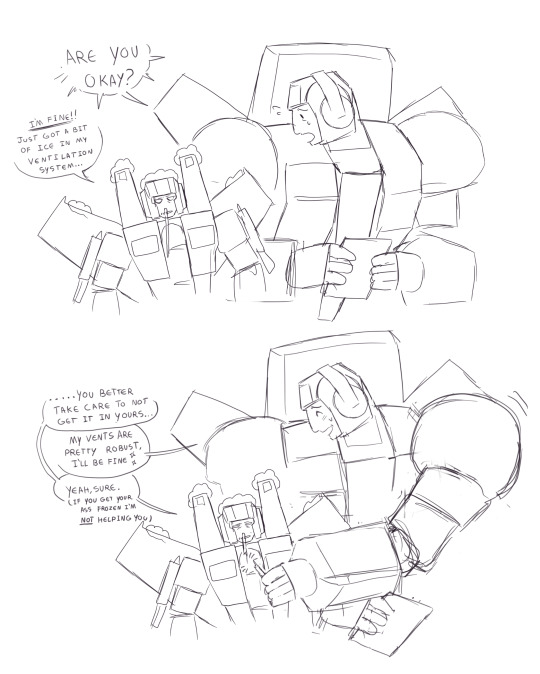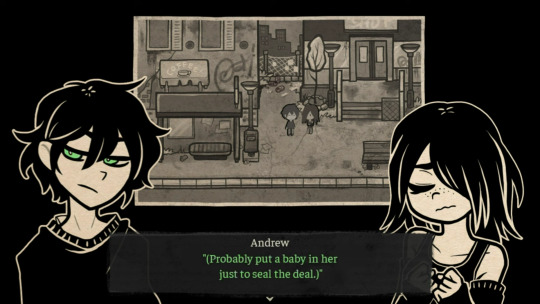#Cold Process
Explore tagged Tumblr posts
Text

#amish wildflower soap#bar soap#cold process#soap#clean#cleancore#etsy#diy#handmade#homemade#forbidden dry yogurt
13 notes
·
View notes
Text
The cold process method is ideal for preserving the benefits of plant-derived oils and butter. “Each of these cold process soaps brings its unique properties, making them an excellent choice for skin-nourishing and moisturizing. Have you experimented with any cold process soap before?” A List of Grandma’s Lye Soap – There are 3 key ingredients in soap: Food Grade Lard, Water, Sodium Hydroxide…

View On WordPress
#Artisan soap#Beauty#bing.com#Cold process#crafts#google.com#Handmade Soap#lye soap#May#natural soaps#saponification#wordpress
0 notes
Text

<#tweet> #Soaps 🧼/ #Handmade
I searched how to making soap recently again.
It’s been a while since I last made soaps. I enjoyed it along the cold process in those days. 😚💭
*it looks that it changed to be even more strict on rules of cold process soaps by handmade in Japan now.
I say that just in case. Take care when you make it.
0 notes
Text


Love those scientists Starscream and Jetfire hope nothing bad happens when they arrive on earth
Little drawings before sleep.
#transformers#tf#maccadam#starscream#jetfire#skyfire#skystar#Did all this in less than 2 hours I think this robot stuff is getting easier guys#Had this idea for like a week and remembered mid process “oh they dont feel cold exactly” and had to come up with an explanation#Im not good at comics yet btw#also they dont have the badges cuz the war didnt start yet uuhh yeah idk
2K notes
·
View notes
Text
Sweet Orange Chilli Soap
Orange and chilli - the perfect combination, even in soap! Using pre-blended oils from Cocavo and the delicious Sweet Orange and Chilli fragrance from Zen Aroma, this soap is so easy to make - even for beginners!
Sweet Orange Chilli Soap is a different take on the very popular Orange Soap. It’s an orange soap with a kick, although the kick is just in the name. No chilli kicks in using the soap! I promise! When I saw the Sweet Orange & Chilli fragrance at Zen Aroma, I knew it would be the perfect combo with Cocavo’s Chilli and Lime oil. But I wasn’t sure if it was going to work (chilli and soap hmm 🤔). So…

View On WordPress
0 notes
Text
Cleanse and Moisturize with Koreanaturalsoap Cold Process Natural Soaps
Elevate your skincare regimen to an art form with Koreanaturalsoap's Cold Process Natural Soaps—a harmonious blend of tradition, nature, and craftsmanship, devoted to unlocking the secret to radiant, healthy skin. Immerse yourself in the luxury of pure, revitalizing cleansing, and embrace the transformative journey toward skin that radiates with vitality and luminosity.
0 notes
Text

Inktober No. 6 - Heatstroke
When a heatwave hit London and Sherlock went out on a case in his coat he overheated.
From @whumptober 's promptlist for Inktober 2024.
I am flattered if you reblog, but do NOT post my art on other sites/social media or use in any other way without my written permission.
#sherlock#autistic sherlock#whump#whumptober#sensory processing disorder#benedict cumberbatch#john watson#martin freeman#inktober#sherlock holmes#I too fail to notice I am too hot or too cold regularly#reference picture from 'the rookie'
434 notes
·
View notes
Text

I know that Andrew is really ramping up the abusive behavior in this episode, to the point of becoming physically violent, and the dude is always been a master mainpulator which makes sense and makes him fascinating - I love how it contrasts with how Ashley cannot lie or keep a secret to save her life and it makes sense because he's always been the peacemaker of the two, the one who has always suffered the consequences of Ashley's actions so he has learned to be a two-faced bastard to keep the façade of the good kid
but jesus christ man
#the coffin of andy and leyley#tcoaal#tcoaal spoilers#andrew graves#yeah yeah he has already killed a kid in cold blood so why should i be surprised he's planning a pregnancy just to get ashley off his back#it's just. ggggggg he's such a realistic abuser!#i understand his thought process and it's terrifying!#i fucking love these characters man
198 notes
·
View notes
Text
Jean not understanding why Renee saved him until he’s leaving the house in just his helmet and gloves and breaking every speed limit on his way to do exactly the same thing for Jeremy
#make it worse by saying that Jeremy regrets calling Jean and Jean has to physically drag him from his house as he screams for his mum#because ‘wait I don’t wanna let go just yet’ and ‘I can still make this right just give me a chance please’ and ‘I’m sorry mom please I—’#and Jean has his arms around Jeremy’s torso as he drags Jeremy crying from that cold cage he calls his home#plants him on the back of his bike and carefully placed the helmet over his head#Bryson comes running out when he realises what’s happening and Jean jumps on in a flash—grabs Jeremy’s arms and pulls them around himself#and then they’re off. Jeremy is rescued. but like Jean’s experience- the aftermath isn’t pretty#Jeremy cries all the way home. Shuts himself away at the apartment. Laila confiscates his phone and blocks everyone’s numbers except for#Williams—still hopeful the documents will turn up somewhere#Jeremy barely smiles#he knows objectively that it’s a good thing. but it still hurts. he misses his mother and mourns the love he never actually received#Jean refuses to feel guilty—but seeing Jeremy in the state that he’s in sticks a dagger right through his heart#he does everything to try and make Jeremy smile again#and it does work…and Jeremy continues loving Jean throughout#it just hurts. but he’s glad for Jean. for Cat and Laila. but he’s glad for Jean because Jean never leaves his side and holds him when#he needs and tells him he’s sorry but he couldn’t stand by and watch his lov—captain—endure the abuse he refuses to accept#and Jean sees so much of himself in the process. and he sees how similar their situations are. and finally—finally—he understands why Renee#saved him. Why he sent the text. why Renee cared so much.#and he touched his necklace and says a silent thank you he prays reaches her#jeremy knox#jerejean#jean moreau#aftg#renee walker#tsc#tgr#all for the game
141 notes
·
View notes
Note
how do you come up with the ways cultures in your setting stylize people/animals/the world in general in their artwork, i.e. jewlery, rock carvings, statues, etc? Each culture in your world seems to have a very unique "art style" and I love it a lot - makes them seem that much more 'real'. This is something I struggle with a lot in my own worldbuilding and I'd love to pick your brain if possible 😁
I think a starting point is to have a research process based in the material realities of the culture you're designing for. Ask yourself questions like:
Where do they live? What's the climate/ecosystem(s) they are based in? What geographic features are present/absent?
What is their main subsistence method? (hunter gatherer, seasonal pastoralist, nomadic pastoralist, settled agriculturalist, a mix, etc)
What access to broader trade networks do they have and to whom? Are there foreign materials that will be easily accessible in trade and common in use, or valuable trade materials used sparingly in limited capacities?
Etc
And then do some research based on the answers, in order to get a sense of what materials they would have routine access to (ie dyes, metal, textiles, etc) and other possible variables that would shape how the art is made and what it's used for. This is just a foundational step and won't likely play much into designing a Style.
If you narrow these questions down very specifically, (ie in the context of the Korya post- grassland based mounted nomads, pastoralist and hunter-gatherer subsistence, access to wider trade networks and metals), you can direct your research to specific real world instances that fit this general idea. This is not to lift culturally specific concepts from the real world and slap them into your own setting, but to notice commonalities this lifestyle enforces - (ie in the previous example- mounted nomadic peoples are highly mobile and need to easily carry their wealth (often on clothing and tack) therefore small, elaborate decorative artwork that can easily be carried from place to place is a very likely feature)
For the details of the art itself, I come up with loose 'style guides' (usually just in my head) and go from there.
Here's some example questions for forming a style (some are more baseline than others)
Are geometric patterns favored? Organic patterns? Representative patterns (flowers, animals, stars, etc)? Abstract patterns?
Is there favored material(s)? Beads, bone, clay, metals, stones, etc.
When depicting people/animals, is realism favored? Heavy stylization? The emotional impression of an animal? Are key features accentuated?
How perspective typically executed? Does art attempt to capture 3d depth? Does it favor showing the whole body in 2 dimensions (ie much of Ancient Egyptian art, with the body shown in a mix of profile and forward facing perspective so all key attributes are shown)? Will limbs overlap? Are bodies shown static? In motion?
Does artwork of people attempt to beautify them? Does it favor the culture's conception of the ideal body?
Are there common visual motifs? Important symbols? Key subject matters?
What is the art used for? Are its functions aesthetic, tutelary, spiritual, magical? (Will often exist in combination, or have different examples for each purpose)
Who is represented? Is there interest in everyday people? Does art focus on glorifying warriors, heroes, kings?
Are there conventions for representing important figures? (IE gods/kings/etc being depicted larger than culturally lesser subjects)
Is there visual shorthand to depict objects/concepts that are difficult to execute with clarity (the sun, moon, water), or are invisible (wind, the soul), or have no physical component (speech)?
Etc
Deciding on answers to any of these questions will at least give you a unique baseline, and you can fill in the rest of the gaps and specify a style further until it is distinct. Many of these questions are not mutually exclusive, both in the sense of elements being combined (patterns with both geometric and organic elements) or a culture having multiple visual styles (3d art objects having unique features, religious artwork having its own conventions, etc).
Also when you're getting in depth, you should have cultural syncretism in mind. Cultures that routinely interact (whether this interaction is exchange or exploitation) inevitably exchange ideas, which can be especially visible in art. Doing research on how this synthesizing of ideas works in practice is very helpful- what is adopted or left out from an external influence, what is retained from an internal influence, what is unique to this synthesis, AND WHY. (I find Greco-Buddhist art really interesting, that's one of many such examples)
Looking at real world examples that fit your parameters can be helpful (ie if I've decided on geometric patterns in my 'style guide', I'll look at actual geometric patterns). And I strongly encourage trying to actually LEARN about what you're seeing. All art exists in a context, and having an understanding of how the context shapes art, how art does and doesn't relate to broader aspects of a society, etc, can help you when synthesizing your own.
#I have a solid baseline because I like learning about history so don't do this like. Full research process every time. It's just the gist#of what the core process is.#I think I've gotten a similar question about clothing in the past that I never answered (sorry) so yeah this applies to that as well#Though that involves a heavier preliminary research end (given there are substantially more practical concerns that shape the#making of clothing- material sources they have access to (plant textile? wool? hide? etc). The clothing's protective purpose (does#it need to protect from the sun? wind? mild cold? extreme cold?). Etc#Also involves establishing like. Beauty conventions. Gendered norms of dress. Modesty conventions. Etc#I think learning about the real world and different cultures across history is like. The absolute most important thing for good#worldbuilding. And this means LEARNING learning. Having the curiosity to learn the absolute myriad of Things People Do#and Why We Do Them and how we relate to shared aspects of our world. The commonalities and differences. I think this is like...#Foundational to having the ability to synthesize your own rather than just like. copy-pasting concepts at random
373 notes
·
View notes
Text
you: you are the most jealous man i know
anaxa: you know other men??
#anaxa x reader#this guy is so much fun because it is a relationship stuck between cold logic and illogical lovesick thought process#also since anaxa is almost shameless he would run his mouth off and make his jealously clear
136 notes
·
View notes
Text

.🍉.
15 notes
·
View notes
Text
The cold process method is ideal for preserving the benefits of plant-derived oils and butter.
“Each of these cold process soaps brings its unique properties, making them an excellent choice for skin-nourishing and moisturizing. Have you experimented with any cold process soap before?” A List of Grandma’s Lye Soap – There are 3 key ingredients in soap: Food Grade Lard, Water, Sodium Hydroxide (Lye) Grandma’s Pure Lye Soap Bar – Unscented Face & Body Wash Cleans with No Detergents, Dyes,…

View On WordPress
#Artisan soap#Beauty#bing.com#Cold process#crafts#google.com#Handmade Soap#lye soap#May#natural soaps#saponification#wordpress#yahoo.com
0 notes
Text
Park: I've been looking over the notes you drafted regarding the plan to condition the subject. I'm not entirely sure how "Making him get hard when he smells cigarette smoke" is necessary to find Perseus.
Adler: *taking a drag* No. It's necessary.
#Trust the process Park it's very important#Russell Adler#Helen Park#Bell cod#bocw#black ops cold war#call of duty black ops cold war#This was inspired by a conversation somewhere I had iirc
99 notes
·
View notes
Text
Christmas Fragrances
Choosing fragrances is always difficult, especially when making soap. Which accelerate, which discolour? Unless you test yourself, you don’t really know in advance how a fragrance behaves in soap. So here are some fragrances that are available in NZ
Over the past weeks, and with the help of my students, I’ve been testing some of the Christmas fragrances available here in New Zealand. I checked for acceleration and discolouration, and tested fragrances from Zen Aroma, Pure Nature and Candle Creations. These are suppliers who provide high quality fragrances, which have been independently tested and certified by IFRA, the International…

View On WordPress
0 notes
Text
Koreanaturalsoap: Making Natural Goodness with Koreanaturalsoap Cold Process

Koreanaturalsoap Cold Process is an innovative method of creating natural goodness for your skin. It is a natural and chemical-free process that uses cold-pressed ingredients to produce a high-quality, luxurious soap that leaves your skin feeling soft and hydrated. The soap is made with natural oils and plant-based ingredients that are gentle and nourishing on the skin. This process ensures that the soap has a rich, creamy lather that is free from harsh chemicals and synthetic fragrances.
0 notes